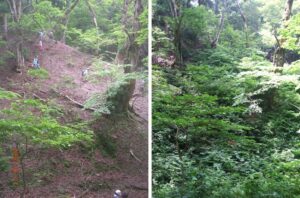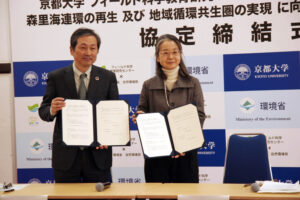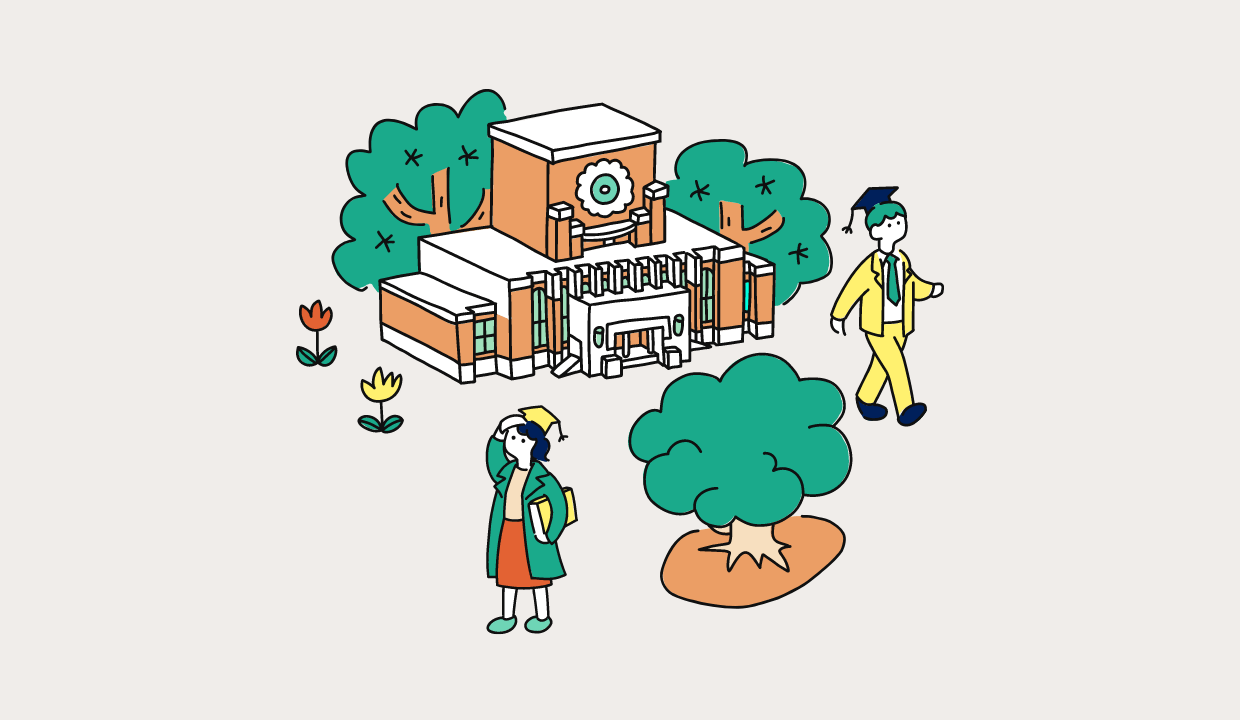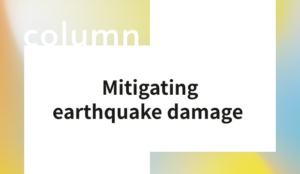Ujigawa Open Laboratory
The forerunner of the Laboratory, Kyoto University Disaster Preparedness Laboratory and Ujigawa Hydrologic Experimental Center, was founded in 1953 to conduct experimental research aimed at preventing and mitigating disasters, primarily of water and earth. Following a reorganization in 1996, the Laboratory was positioned as a research facility for joint nationwide use. Later, its remit was expanded: Instead of focusing solely on hydrological testing as the name suggested, the Laboratory was opened broadly to a wide variety of disciplines and began to provide a forum for education and training. Positioned as a joint-use facility, the Laboratory became widely used by research institutions and scientists both within the Laboratory and outside it, as well as private companies and schools. In 2002 it was renamed Ujigawa Open Laboratory.
Equipped with a wide range of observational and experimental equipment, today the Laboratory is one of the world’s largest-scale general testing facilities. A part of the biota of the Okura marsh, now lost to land reclamation, along with the surrounding environment, is reproduced in a model biotope of a river valley. The Laboratory thus plays valuable roles in supporting both disaster preparedness and environmental education.









